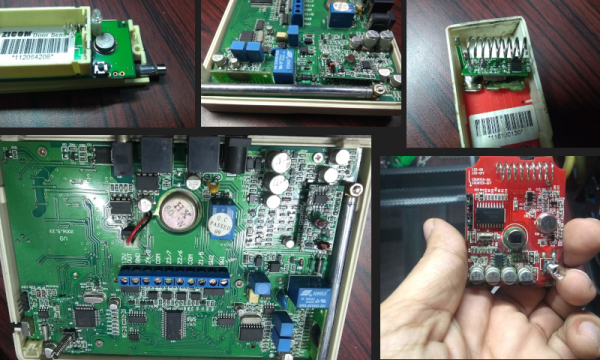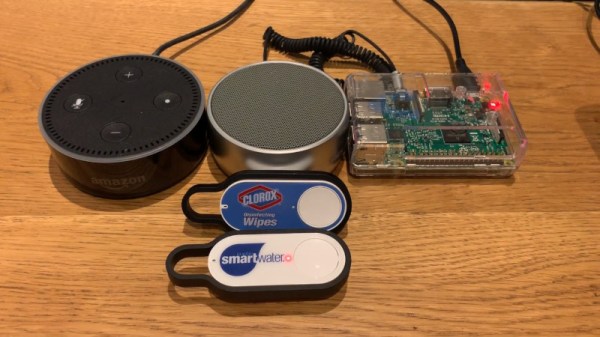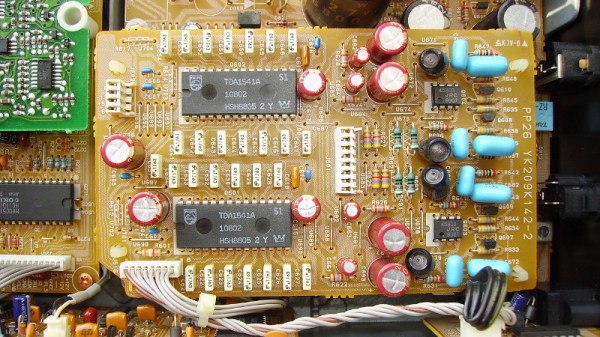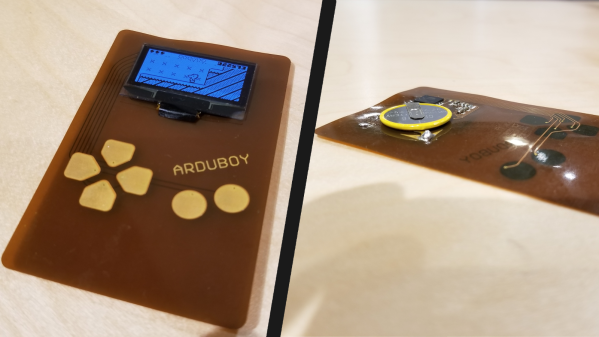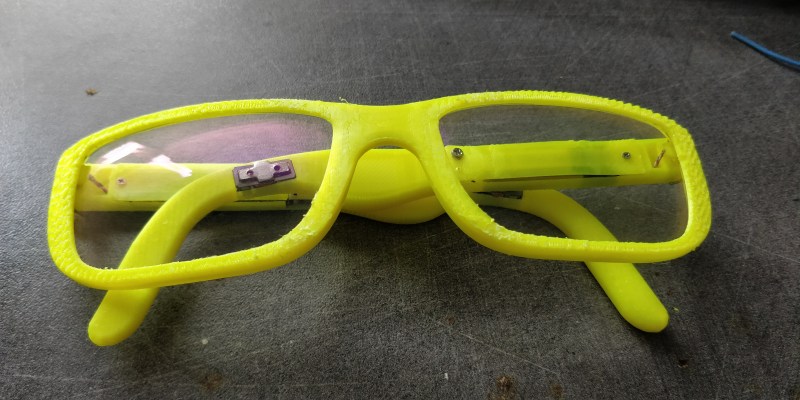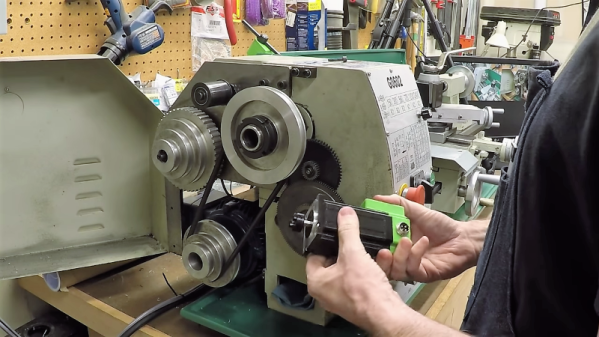Amazon’s Dash Buttons are useful little devices, that let you automatically order a wide variety of common household goods at the press of a button. They’re cheap and wireless and readily available, and that makes them ripe for hacking. In just this vein, [Inbar] and [Ezra] found a way to make the Dash buttons update their to-do list.
[Inbar] uses Any.do to manage his to-do list. There’s no public API, but the service can be configured to respond to Alexa commands. Naturally, this meant that if a Dash Button could be configured to trigger a voice command, Alexa would then make the necessary additions to the list.
This was achieved with lashings of Python, a Raspberry Pi, and Apple’s text-to-speech engine. The Raspberry Pi is set up as a wireless hotspot, to which the Dash Buttons are connected. When the button is pressed, a DHCP request goes out as the button tries to phone home. By scraping the MAC address from this request, the Raspberry Pi can identify which button has been pressed, and then plays a recorded voice sample of Apple’s Samantha voice. This voice was specifically chosen to be the one most reliably understood by Alexa, which is responsible for parsing the voice command and updating the list on Any.do.
It’s a cheeky hack that doesn’t bother itself with the nitty-gritty of interfacing with various services and tools. Instead, it laces up a bunch of easy-to-use software and hardware, and gets the job done just as well.
As we’ve seen, Amazon’s Dash Button has been thoroughly pwned. Video after the break. Continue reading “Making A Dash Button Update Your To-do List” →

